

Uh oh...
It appears that you're using a severely outdated version of Safari on Windows. Many features won't work correctly, and functionality can't be guaranteed. Please try viewing this website in Edge, Mozilla, Chrome, or another modern browser. Sorry for any inconvenience this may have caused!
Read More about this safari issue.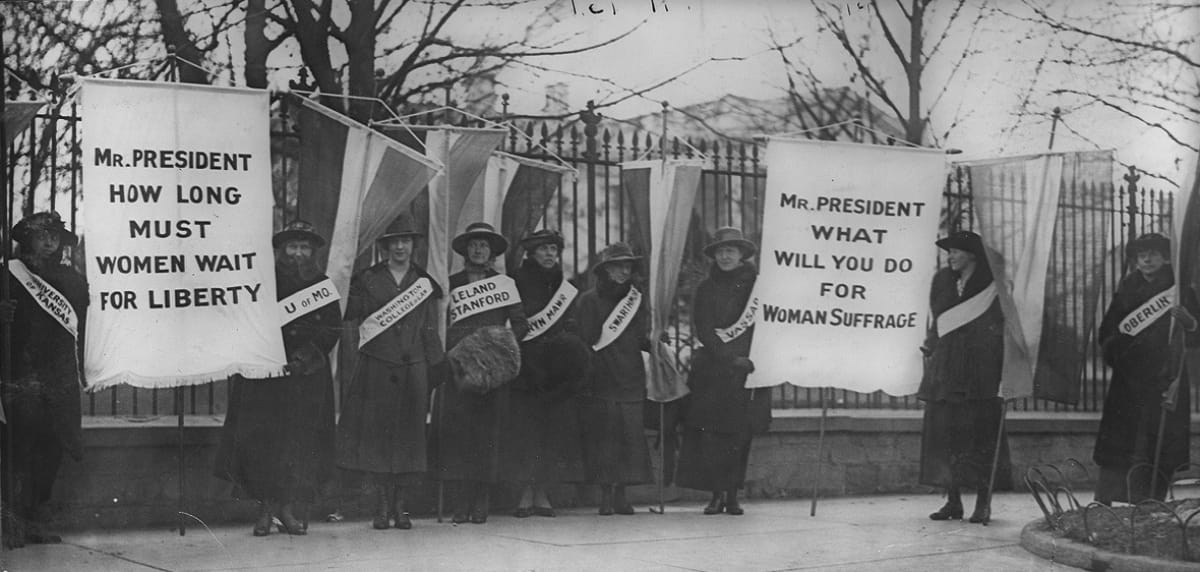

One hundred years ago, on August 18, 1920, the 19th Amendment to the U.S. Constitution was ratified and women in America finally achieved the right to vote. It was the culmination of a long battle, reaching as far back as 1848 and the first woman’s rights convention. Through the end of the 19th century and into the 20th, women across the country organized into clubs and groups dedicated to achieving the right to vote. In their wake, they left an invisible trail of the places women gathered, marched, demonstrated and spoke in favor of the amendment. The National Votes for Women Trail is an effort to record and preserve the places where women persevered for the right to vote.
The National Votes for Women Trail is headed by the National Collaborative for Women’s History Sites. The non-profit organization “supports and promotes the preservation and interpretation of sites and locales that bear witness to women’s participation in American life.” The National Votes for Women Trail is in recognition of the enormous effort that was put forth to pass the amendment and the women who played roles, both small and large, in this significant piece of American history.
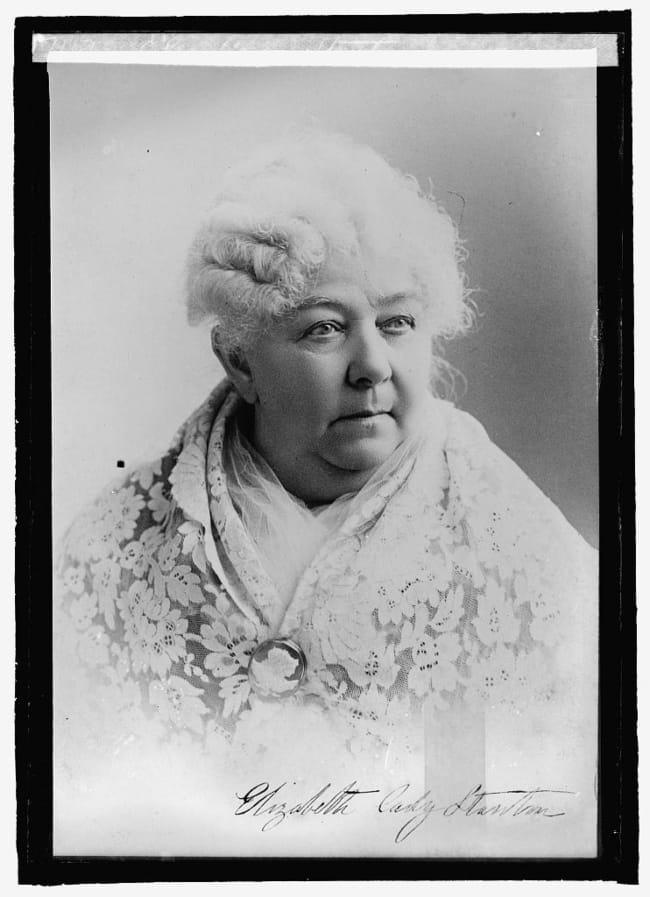
“We hold these truths to be self-evident: that all men and women are created equal.”
With these words, a group of women laid out the Declaration of Sentiments at the first women’s rights convention in 1848 in Seneca, New York. Around 300 people gathered over two days to write the declaration. It began with 19 “abuses and usurpations” outlining the grievances the women had with their positions in society, and ending with 11 resolutions, including, “That it is the duty of the women of this country to secure to themselves their sacred right to the elective franchise.”
Of the 11 resolutions the group voted on, the right to vote was the only one not unanimously approved. Elizabeth Cady Stanton, the woman behind the convention and the writing of the declaration, argued passionately for its inclusion and passage. So did famous African American abolitionist Frederick Douglas, who was in attendance.
Once passed, the Declaration of Sentiments had little visible impact on the lives of women, but this is where the invisible trail of votes for women details the history. On the Votes for Women Trail map, sites are listed by state and include the homes of many activists, churches where meetings were held, and streets the women marched down.
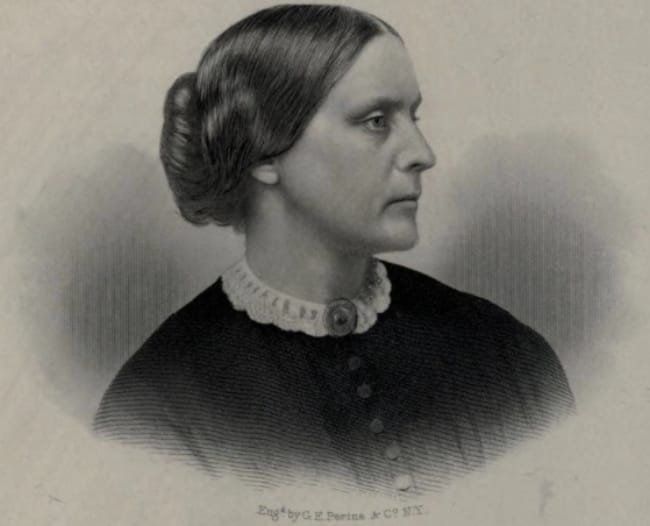
In 1851, Susan B. Anthony met Elizabeth Cady Stanton in Seneca. Anthony was already involved in the anti-slavery movement, as was Stanton. The women recognized in each other a kindred spirit as they discussed women’s rights. They soon began publishing a newspaper, “The Revolution,” dedicated to women’s suffrage. Both women would travel the country speaking to numerous groups about the issue and write volumes of work on the subject of women’s enfranchisement.
In Arkansas, voting for women was proposed at the state’s constitutional convention in 1868, but it was ultimately passed over for fear of stirring up too much controversy. In 1881, the Arkansas Woman Suffrage Association formed in Carroll County. Another group formed in 1888 in Little Rock.
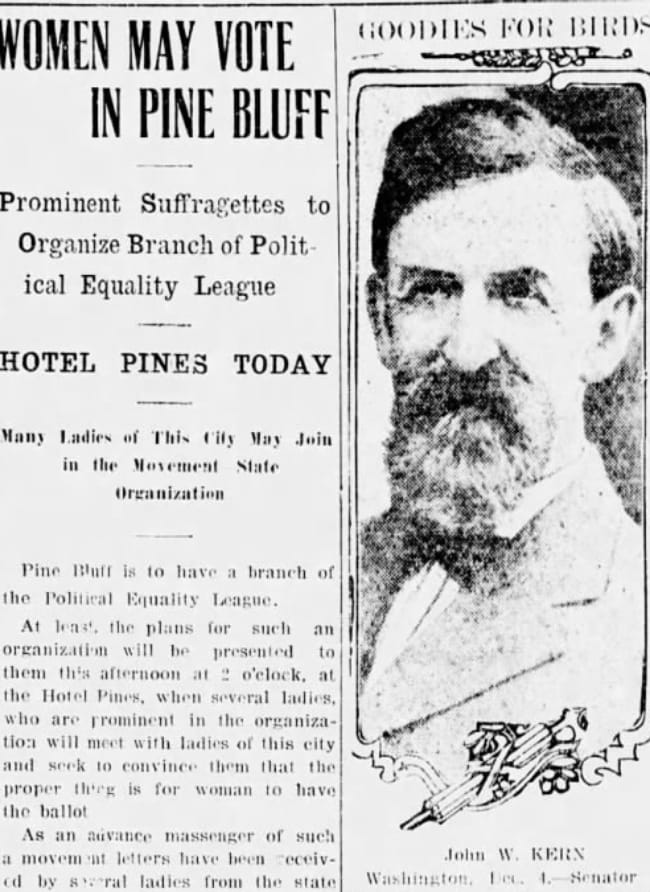
In 1889, Susan B. Anthony arrived in Helena, Arkansas while on a speaking tour around the country. Though an exact location isn’t given, the event is listed on the National Votes for Women Trail map. Anthony spoke along Cherry Street in what is now the downtown historic district, rallying women and men to support women’s suffrage. Anthony would continue her tour in Little Rock and Fort Smith. Her remarks in Little Rock went unrecorded by the Arkansas Gazette. Instead, the newspaper article on her speech stated, “No very large percent of the women of America embrace Miss Anthony’s radical view [and]…It is a truth that suffrage is a boon not desired by a very heavy majority of the most refined and intelligent women of the country. If it were so [the vote for women] would be very easy of accomplishment.” (ualrpublicradio.org)
The truth is numerous women across the state and country were working tirelessly to generate enough interest in women’s suffrage to give women the right to vote. In 1897, Charlotte Stephens founded the Little Rock chapter of the National Association of Colored Women’s Club. The club held women’s suffrage as a primary issue and worked for 20 years for its passage. Stephens Elementary School in Little Rock is named after the founder and is listed as a site along the Votes for Women Trail in Arkansas.
In 1916, Mrs. O.F. Ellington, Minnie Rutherford Fuller and Mrs. Florence Brown (T.T.) Cotnam held the “first equal suffrage meeting ever held in the state” in Hotel Pines of Pine Bluff. Although this was technically the first meeting, meetings of interest had been held as early as 1913 in the same location. The hotel is recognized for its location and role in the suffrage movement in the area.
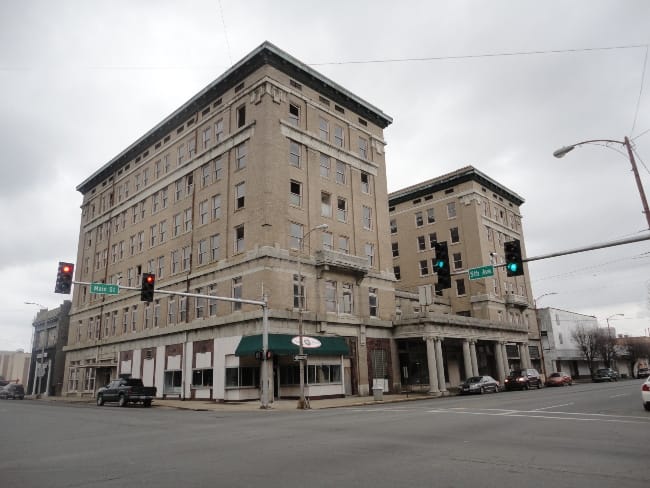
Hotel Pines in Pine Bluff became the site of many meetings for women’s rights in Jefferson County. Photo: Flickr
In 1917, the First Christian Church in Berryville became the site of the first meeting of the Carroll County Equal Suffrage Association. In the same year, the Hotel Marion (now the Statehouse Convention Center) became the site of a public meeting over suffrage held by Florence Brown (T.T.) Cotnam. These meetings continued throughout 1917 and 1918.
In May of 1918, women in Arkansas were allowed to vote in primary elections. About 40,000 women across the state turned out for the vote. Just over a year later, in July of 1919, the Arkansas General Assembly passed the 19th Amendment giving women the right to vote. It passed nationally in 1920.
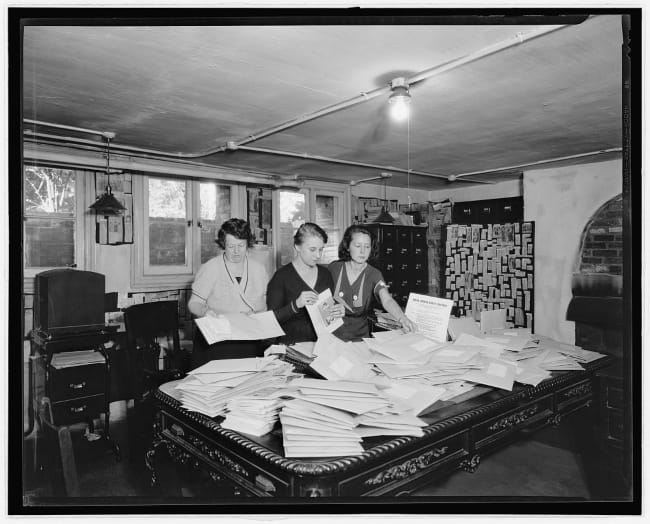
The National Votes for Women Trail currently has 1,607 sites listed across the nation. The goal is to hit 2,020 sites in 2020. Anyone is invited to submit a site to the trail. The trail also includes 250 Pomeroy markers, funded by the William G. Pomeroy Foundation and the federal Women’s Suffrage Centennial Commission. Placing a marker at a historical site involves extensive research, but those interested can contact the state coordinator and get a Pomeroy Marker toolkit.
As sites are added to the trail and markers are established, the invisible steps of the women who championed women’s suffrage and the right to vote are now becoming visible, a path for all to remember the struggle, and ultimately, the achievement of women’s right to vote in Arkansas and across the nation.
Join the Conversation
Leave a Comment
2 responses to “National Votes for Women Trail in Arkansas”
 Leave a Reply
Leave a Reply
We do the work.
You check your email.
Sign up for our weekly e-news.
Get stories sent straight to your inbox!


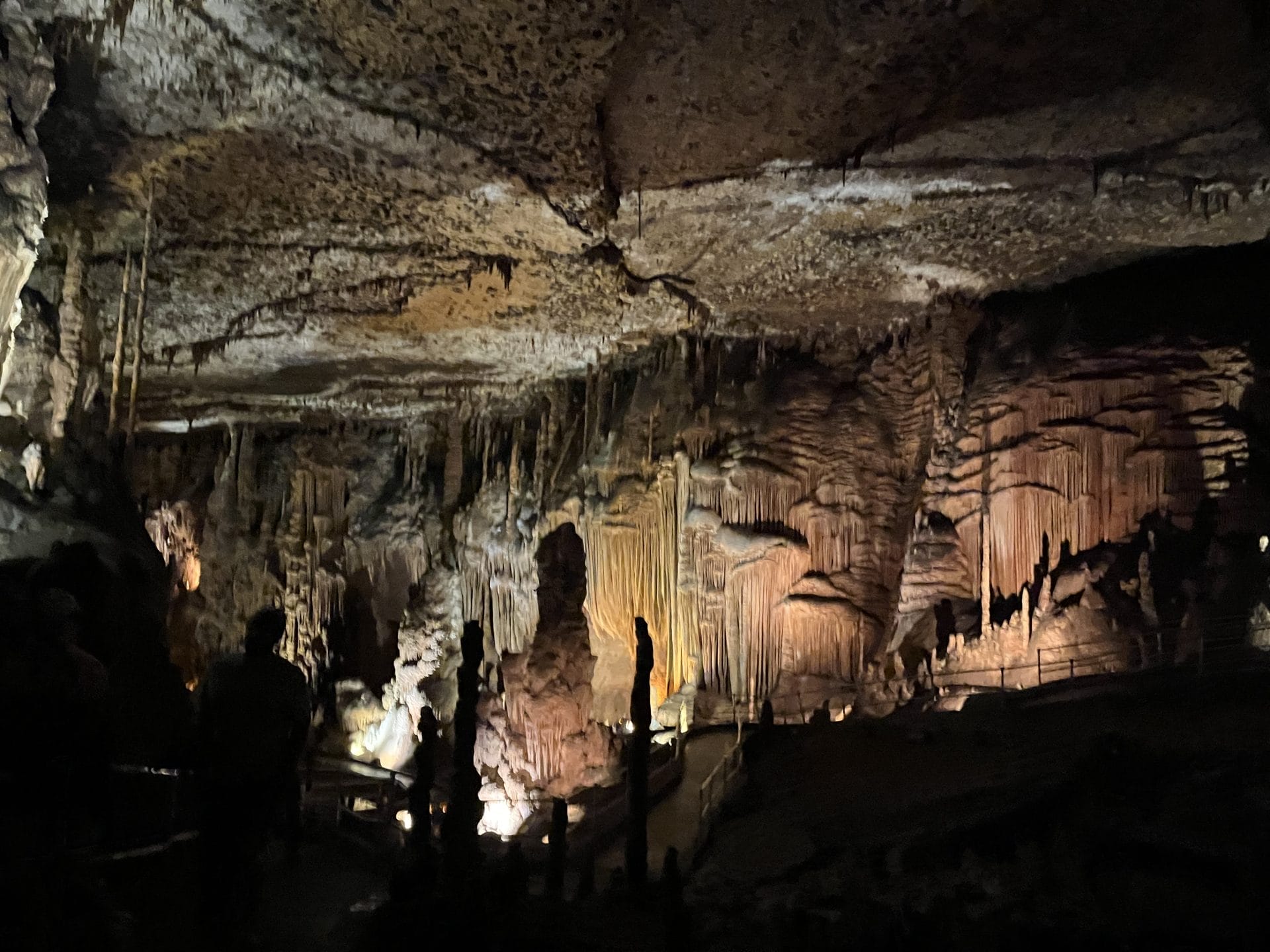



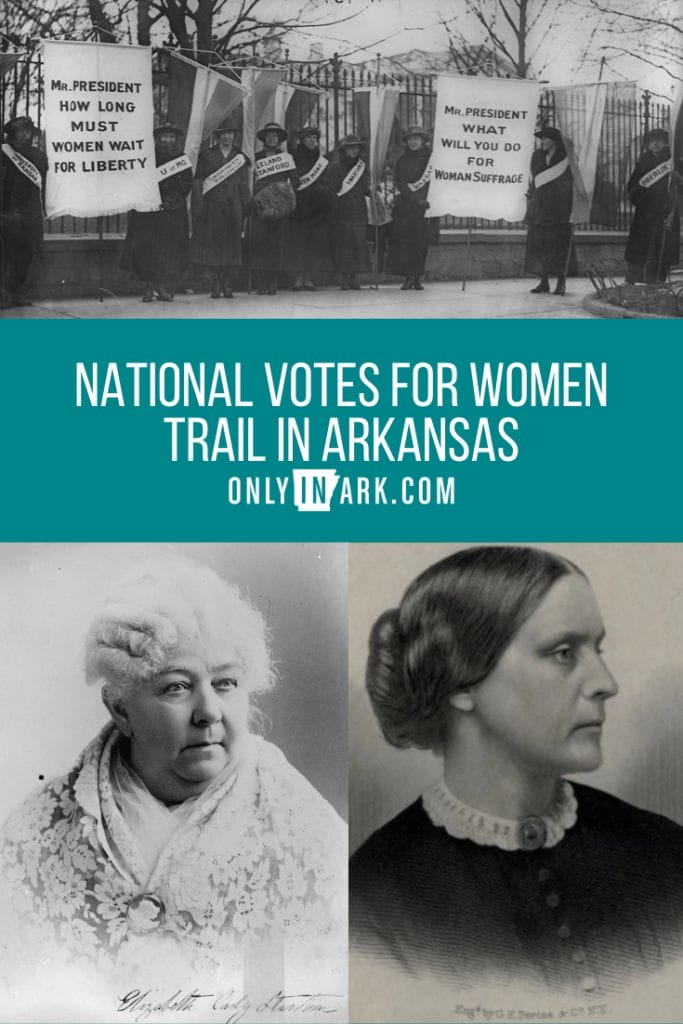






 Leave a Reply
Leave a Reply
[…] and beginning in the late 1840s, women began to push back against discriminatory practices with women’s rights conventions. Still, domestic abuse laws weren’t established until the Domestic Violence Prevention Act of […]
[…] people advocated for social, political and economic reforms. These included pushes for Prohibition, Women’s Suffrage, and a greater focus on social reforms and […]